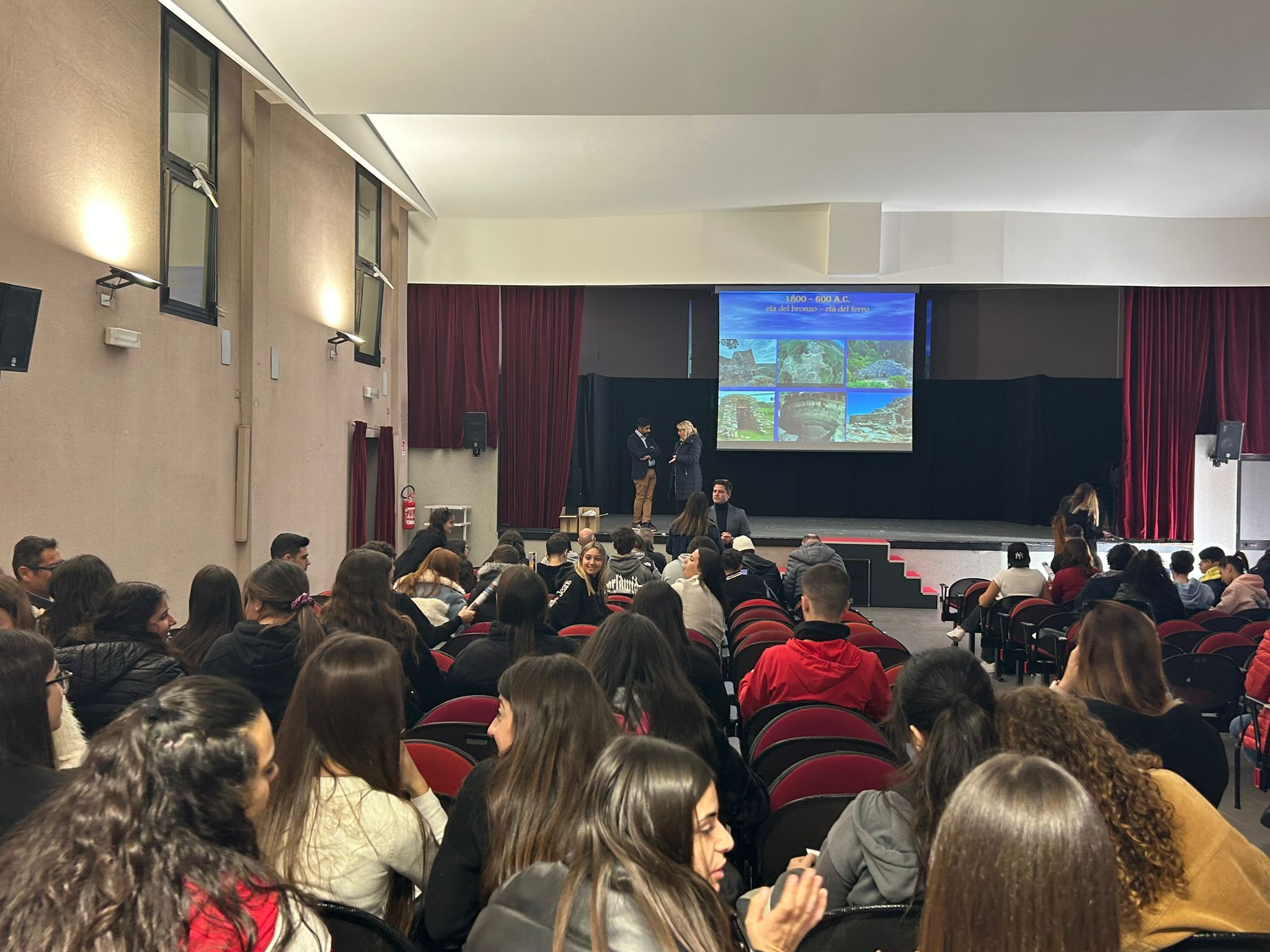Do the nuraghi contribute to the development of Sardinia? Can our Island learn to thrive by leveraging the enormous identity and archaeological resource of the ancient Nuragic civilization? These are the questions that 300 students from the first cycle of secondary schools in Quartu Sant’Elena posed today as they gathered to deeply understand and better know the history of the Sardinian people and the great development opportunities that can arise from it.
A training morning promoted by the Association “La Sardegna verso l’Unesco” in collaboration with the Sardinia Foundation and the regional school office, which saw the participation of the Association’s President, Pierpaolo Vargiu, the Councilor for Public Education of the Municipality of Quartu, Cinzia Carta, and the archaeologist Nicola Dessì, who guided the students on a journey back in time, stimulating the Quartu students with curiosity, details, and stories.
The meeting in Quartu is the last in a long series of events that have seen the Association engaged in schools throughout the entire regional territory. After the Junior Master on the nuragic civilization, which involved a good number of students from Sardinian high schools (and, for the first time, allowed the study of Sardinian history with a specific module that took place in Piedmont) and the success of initiatives that over the years have increasingly involved Sardinian schools, the appointment for knowledge and growth of awareness has moved to Quartu to offer the kids the opportunity to reflect on the aspects and potentials of the archaeological heritage of the Island and the cultural environment in which the ancient civilization of the nuraghi developed and indeed thrived.
“We have an extraordinary opportunity – explained the President of the Association, Pierpaolo Vargiu – to better understand ourselves and our History and, starting from there, to seize new development opportunities to create employment and economic growth. From this awareness comes the commitment of the Association to ensure that the heritage of the nuragic civilization can enter the heritage of humanity of Unesco, and always within this framework, the training initiatives arise that see us engaged for some time throughout Sardinia with the ambitious and exciting goal – concluded Vargiu – of transferring to young people increasingly in-depth knowledge about our past and the invaluable wealth that History has left us, which makes Sardinia, with its nuraghi, the largest open-air museum in the world.”

